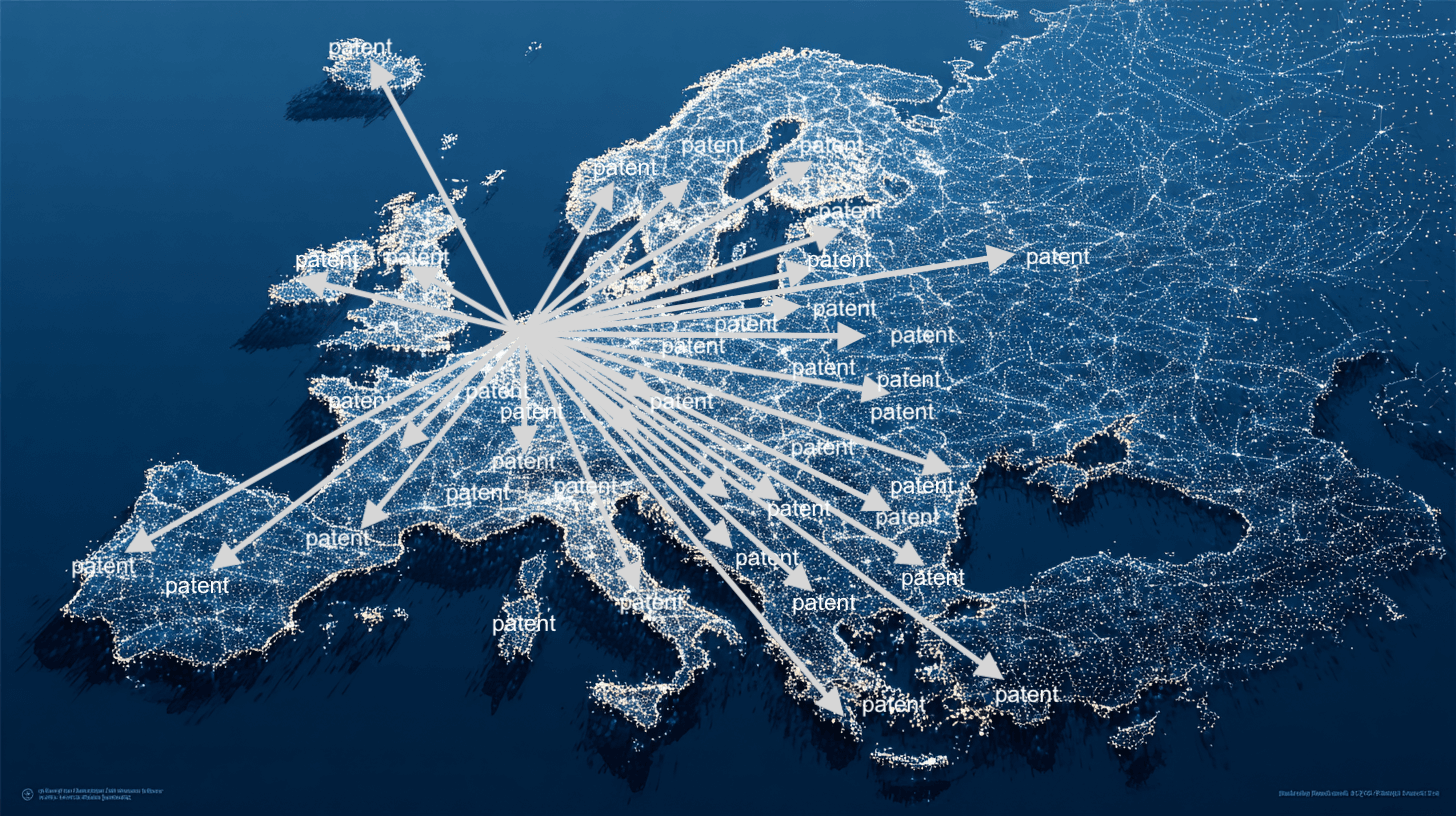Why Dutch entrepreneurs patent across the border so lavishly
In a series of blog posts, Marco Coolen provides insight into his work as a Dutch and European patent attorney at AOMB.
Published on October 5, 2025

Marco, a patent attorney at AOMB since 2013, shares his expertise on IO+ about patents—how they work, why they matter, and when they lose their value.
Looking at the figures, one thing immediately stands out: Dutch companies are remarkably active in international patenting.
No less than 93.5% of all international patent applications from the Netherlands come from companies. By comparison, the figure is 63% in Spain and 88.6% in Belgium. Even in Germany (also an export giant), the figure is slightly lower at 92.7%.
What makes the Netherlands so distinctive in this regard?
We simply do not have a large domestic market
Our country is small. With 18 million inhabitants, you can be very successful, but as soon as you really want to scale up, you automatically look across the border:
- Customers are often found outside the Netherlands.
- Partners and suppliers are spread across Europe or the rest of the world.
- And so you also want to protect your innovation where your business is growing.
Innovation and internationalization often go hand in hand for Dutch entrepreneurs.

Marco Coolen, photo © Bart van Overbeeke
International applications: postponement with benefits
Many entrepreneurs begin with a Dutch patent application, followed by an international patent application through the Patent Cooperation Treaty (PCT). This buys you time: you don't have to decide immediately in which countries you want to apply for protection. You have up to 30 months to think it over. During that time, you can explore the market, look for partners, and bring investors on board.
This strategy is widely used in the Netherlands. And with success.
Dutch entrepreneurs choose an average of 3.6 countries or regions
If you look at what happens after such an international application, you see an interesting pattern: Dutch companies choose an average of 3.6 countries or regions to pursue their patent. Germany lags slightly behind with 2.9. Spain comes in at 2.6. And China even averages only 1.1 countries.
This shows how broadly Dutch entrepreneurs view their market. We do not limit ourselves to one specific region, but think globally.
Europe remains important, but the view is broadening
Of course, Europe remains the most important protection region for Dutch companies. This is logical, with an internal market of hundreds of millions of consumers and strong trading partners.
But increasingly, we see entrepreneurs also looking smartly at where their competitors are active, where production partners are located, and where future growth markets are emerging. China, the US, and emerging markets in Asia and South America are therefore increasingly being added to the patent portfolio.

The World of Patents
With the help of Dutch and European patent attorney Marco Coolen (AOMB), we can gain a better understanding of the world of patents. How do they work, why are they important, and when do they lose their usefulness?
International thinking is in our entrepreneurial DNA
The Dutch have been known as an international trading nation for centuries. What used to happen with spices, ships, and ports is now reflected in innovation and patents.
We develop here, but immediately think in terms of international opportunities and threats. That is why we seek protection not only on our own soil, but wherever our business can grow.
Patenting is not the end goal, but part of an international strategy. Anyone who wants to grow internationally simply cannot afford to think ‘locally’. Protecting your market is exactly what Dutch entrepreneurs understand so well.
